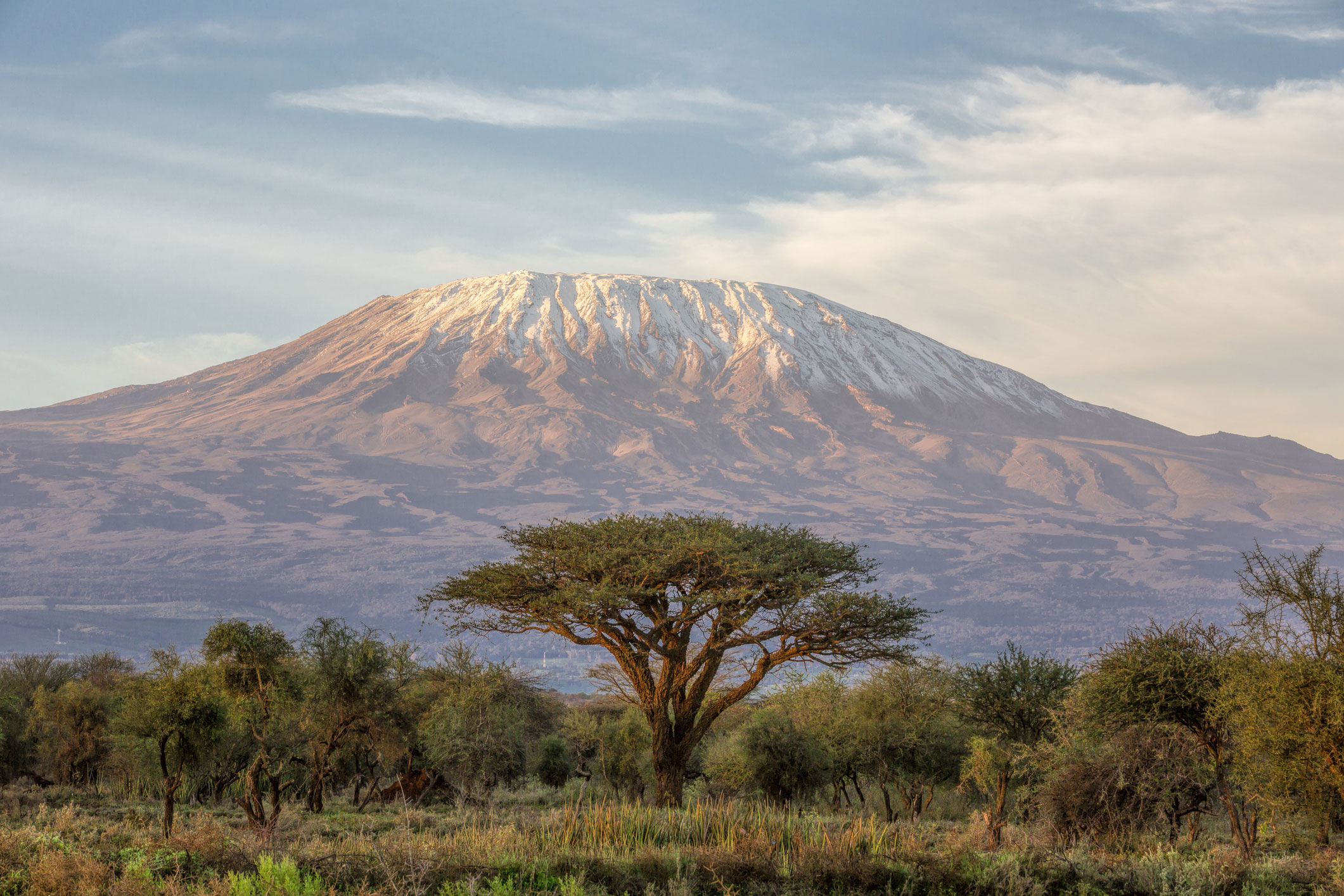The Seven Summits are the highest mountains on each of the world’s seven continents. Climbing all of them is regarded as one of the most notable challenges in mountaineering. However, due to debates around certain continental land borders there are actually slightly different versions of the Seven Summits. Named after famous mountaineers associated with them, they are as follows:
Seven Summits – “Messner’s Version”
- Everest, Aconcagua, Denali, Kilimanjaro, Elbrus, Puncak Jaya, Vinson
Seven Summits – “Bass’s Version”
- Everest, Aconcagua, Denali, Kilimanjaro, Elbrus, Kosciuszko, Vinson
Seven Summits – “Hackett’s Version”
- Everest, Aconcagua, Denali, Kilimanjaro, Mont Blanc, Kosciuszko, Vinson
The main variations in the lists are in Europe, where either Mont Blanc or Elbrus have made up part of respective Seven Summit claims, and in the differentiating between Australia and Oceania (resulting in either Kosciuzko or Puncak Jaya being included).
“One of the most notable challenges in mountaineering”
Over the years authorities have been known to disagree on whether Mount Elbrus, a dormant volcano in the Caucasus Mountains, is in Europe or Asia. Most thinkers now though do consider the Caucasus watershed to be the continental boundary between Europe and Asia. Owing to the fact that Elbrus is north of this divide, and lies within Russia, it is widely established as European.
Jordan Romero, a Californian teenage prodigy who climbed Mount Everest when he was just 13 and all of the Seven Summits when he was still 15, left no stone unturned by conquering both Puncak Jaya (also known as Carstensz Pyramid) and Kosciuszko; effectively meaning he could claim to have done the Reinhold Messner version of the challenge as well as Richard Bass’s one.
Below, we’ve included all nine of the mountains that have been used to claim a ‘Seven Summits’ tag. We’ve done it in descending height order, starting with the world’s highest mountain.
Mount Everest

Height: 8,848m
Continent: Asia
Highest mountain in Asia. Highest mountain in the world. With its summit 8,848 metres above sea level, nobody in their right mind would question whether Mount Everest belongs on the Seven Summits list.
The mountain is situated on the border between Nepal and the autonomous region of Tibet. In terms of the official record books, the first successful Everest climbers were Sir Edmund Hillary and Tenzing Norgay in 1953. There is now well over 200 dead bodies on Everest, all of them well-preserved by the extremely cold temperatures found at this altitude.









